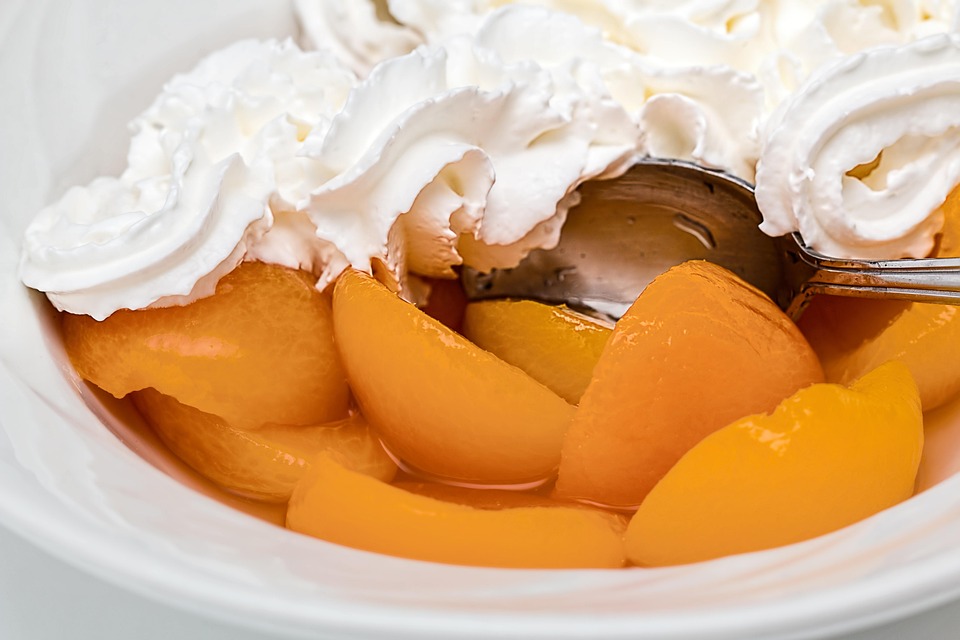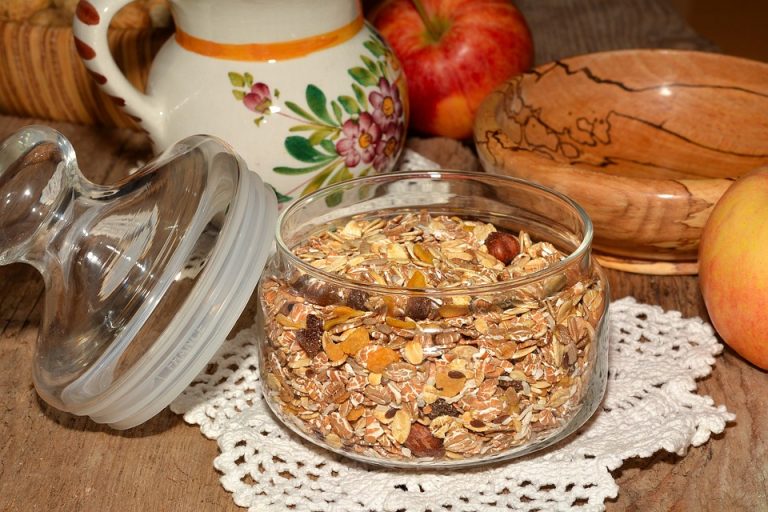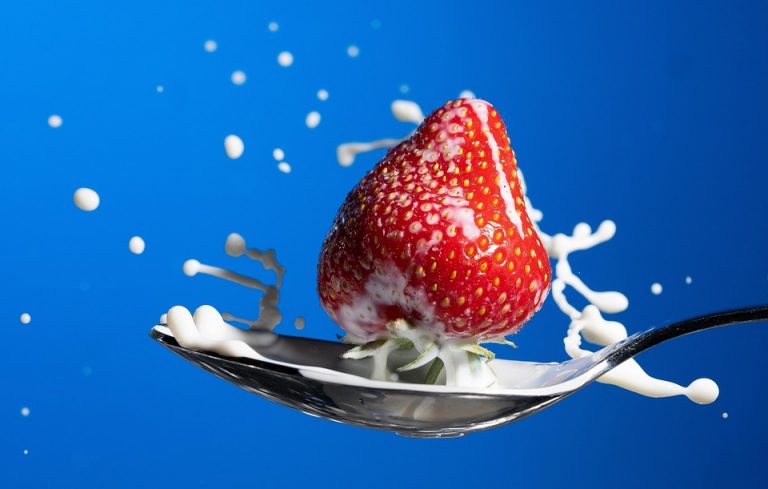7 Low Glycemic Fruits For Diabetes You’ll Love
Low glycemic fruits for diabetes are a gentle, flavorful way to satisfy cravings while protecting your blood sugar. These are fruits that digest slowly, cause smaller glucose spikes, and deliver fiber, vitamins, and pleasure — yes, pleasure matters. If you live with diabetes or care for someone who does, knowing which fruits work with your body instead of against it makes everyday eating less stressful and more joyful.
Contents
- Why Low Glycemic Fruits For Diabetes Matter
- How I Chose These Fruits
- 1. Berries — Blueberries, Strawberries, Raspberries
- 2. Cherries — A Little Goes A Long Way
- 3. Apples — Classic, Portable, and Predictable
- 4. Pears — A Silky, Satisfying Choice
- 5. Peaches — Summer Sweetness, Measured
- 6. Plums — Portable And Powerful
- 7. Oranges — Not Juice, Please
- Bottom Line
- FAQ
Why Low Glycemic Fruits For Diabetes Matter
Choosing low glycemic fruits for diabetes isn’t about deprivation. It’s about smart pleasure. Fruits with a low glycemic load release sugar slowly, helping your body keep insulin in check and your energy steady. Research from the American Diabetes Association supports eating whole fruits as part of a balanced diabetes meal plan, and authoritative resources like Harvard’s nutrition experts explain how glycemic index and portion size both influence blood sugar.
When you pick low glycemic fruits for diabetes, you reduce spikes and dips that leave you shaky or foggy. That stability affects mood, sleep, and long-term health. These fruits also come with fiber, antioxidants, and micronutrients that protect your heart and help prevent complications.
How I Chose These Fruits
I picked fruits based on three simple rules: low glycemic ranking, real-world portion sense, and real-food practicality. I looked to clinical reviews and reputable health institutions, and I thought about texture, flavor, and how you’ll actually enjoy them. The result is a list that’s both evidence-based and delicious.
Each fruit below includes a practical serving idea and a tip to keep sugar impact low. Use these fruits in snacks, breakfasts, or desserts that fit into your diabetes plan.
1. Berries — Blueberries, Strawberries, Raspberries
Berries are superstar low glycemic fruits for diabetes because they’re high in fiber and low in net carbs. A half-cup of blueberries or a cup of strawberries gives sweetness without a sugar crash. Studies show that berries can improve markers of heart health and reduce inflammation, both important for people with diabetes.
Try a small bowl of mixed berries with plain Greek yogurt and a sprinkle of chopped nuts. That combo adds protein and healthy fat, which further blunts blood sugar response.
2. Cherries — A Little Goes A Long Way
Sweet, tart cherries are true low glycemic fruits for diabetes allies when eaten in modest portions. Fresh cherries have a lower glycemic index than many other sweet fruits, and they offer anthocyanins — the pigments that fight oxidative stress. Clinical research links cherry consumption to reduced inflammation and improved metabolic markers.
Snack tip: limit to about 10 cherries as a single serving paired with a small handful of almonds for balance.
3. Apples — Classic, Portable, and Predictable
An apple a day still rings true because apples are dependable low glycemic fruits for diabetes when kept whole and unprocessed. The skin is fiber-rich, and that fiber slows sugar absorption. A medium apple eaten with a tablespoon of peanut butter provides a steady, satisfying snack.
Avoid apple juice; the juiced form removes fiber and concentrates sugar, negating the low glycemic benefit.
4. Pears — A Silky, Satisfying Choice
Pears are underappreciated low glycemic fruits for diabetes treasures. Their grainy texture comes from fiber that tames carbohydrate absorption. Pears supply potassium and vitamin C with a gentle glycemic effect when eaten whole.
Pair a small pear with cottage cheese or a few walnuts for a snack that stabilizes blood sugar and keeps you full.
5. Peaches — Summer Sweetness, Measured
Ripe peaches are joyful low glycemic fruits for diabetes options when enjoyed in moderation. They satisfy a sweet tooth but have a lower glycemic footprint than many tropical fruits. Peaches also bring vitamins and hydration, which matter for energy and skin health.
Keep portions small: one small peach sliced over oatmeal or mixed into a salad keeps the carbs in a safe zone.
6. Plums — Portable And Powerful
Plums are bold little low glycemic fruits for diabetes that pack antioxidants and flavor without excessive sugar. A single plum counts as a controlled-carb treat. Research on dried plums (prunes) suggests benefits for bone and gut health, but dried fruit concentrates sugars — so fresh plums are the safer bet for blood sugar control.
Try a sliced plum with ricotta and a dusting of cinnamon for a dessert that feels indulgent but behaves.
7. Oranges — Not Juice, Please
Whole oranges are classic low glycemic fruits for diabetes due to fiber and water content. The whole fruit slows absorption, unlike orange juice which spikes glucose quickly. Citrus also offers vitamin C and flavonoids that support vascular health.
Enjoy half a medium orange with a handful of raw pumpkin seeds for a bright, balanced snack.
Portion Control And Pairing
The truth about low glycemic fruits for diabetes is this: portion and pairing matter more than perfection. A low glycemic fruit can act like a high glycemic food if you eat a giant bowl of it. Combine fruit with protein, fiber, or healthy fat to slow absorption even further.
Practical pairings:
- Berries + plain yogurt + nuts
- Apple + nut butter
- Pear + cottage cheese
- Orange slices + sliced avocado
Those small adjustments make a big difference for blood glucose and satiety.
Timing And Frequency Tips
Think like your metabolism. Eating low glycemic fruits for diabetes alongside meals or as a structured snack stabilizes blood sugar more than grazing on fruit throughout the day. A fruit paired with protein before exercise can supply energy steadily without spiking your levels.
If you take insulin or diabetes medication, coordinate your fruit intake into your carbohydrate counting so doses match the carb load. Your diabetes care team or a registered dietitian can help personalize portions and timing.
Fresh, Frozen, Or Canned—What Works Best?
Fresh and frozen fruits keep their fiber and nutrients, making them great low glycemic fruits for diabetes choices. Canned fruit can work only when packed in water or juice without added sugars. Always read labels; many canned fruits hide syrups that turn a low glycemic fruit into a sugar bomb.
Frozen berries are a practical pantry staple, and they’re perfect blended into smoothies with a protein source to moderate glucose response.
When To Be Cautious
Even with low glycemic fruits for diabetes, be mindful if you have coexisting conditions like gastroparesis, certain kidney issues, or if you’re on medications that increase hypoglycemia risk. Fruit portions should reflect your total carbohydrate budget for the day.
If you notice unexpected blood sugar swings after eating a particular fruit, test and adjust. Your own experience is valid; personalized data beats general rules.
Evidence You Can Trust
Nutrition science is messy, but multiple reputable sources support including whole fruits in diabetes-friendly diets. The American Diabetes Association highlights whole fruits in its nutrition guidance, and major universities have summaries explaining glycemic index and portion effects. Clinical studies show that diets rich in fiber and plant foods lower cardiovascular risk in people with diabetes.
When I recommend low glycemic fruits for diabetes, I draw on that science and the practical reality that food should taste good and be nourishing.
Bottom Line
Boldly choose low glycemic fruits for diabetes that fit your portion plan and pair them with protein or healthy fat. These fruits — berries, cherries, apples, pears, peaches, plums, and whole oranges — deliver sweetness without surrendering your blood sugar control. Use them strategically: portion wisely, pair smartly, and check your body’s response.
You don’t have to pretend fruit is forbidden. You simply need a plan that keeps your blood sugar calm and your life flavorful. Enjoy the fruit you love with confidence.
— — —
FAQ
Are All Berries Low Glycemic Fruits For Diabetes?
Yes, most common berries like strawberries, raspberries, and blueberries are considered low glycemic fruits for diabetes when eaten whole and in reasonable portions. They’re high in fiber and antioxidants, which supports blood sugar control and overall health.
Can I Eat Fruit If I Use Insulin?
Absolutely. You can include low glycemic fruits for diabetes if you count carbohydrates and adjust insulin accordingly. Work with your diabetes care team to match insulin dosing to the carb content of your meal or snack.
Is Fruit Juice Ever Okay?
Fruit juice is rarely a good choice because it lacks fiber and behaves like concentrated sugar. For blood sugar control, opt for whole low glycemic fruits for diabetes instead of juice. If you must have juice, keep portions tiny and pair with protein.
How Often Should I Eat These Fruits?
Aim to include low glycemic fruits for diabetes a few times a week as part of a balanced meal plan. Frequency depends on your calorie, carbohydrate, and medication needs, so personalize with a registered dietitian if you can.
— — —
Bottom Line
Choose the fruits that flatter your plate and your blood sugar. With portion sense and smart pairings, low glycemic fruits for diabetes let you enjoy real, delicious food without the drama. Eat with confidence and a little boldness — your body will thank you.
Warmly,
A friend who wants you to enjoy every bite
— — —
References
American Diabetes Association provides nutrition guidance emphasizing whole fruits as part of a diabetes meal plan (https://www.diabetes.org/nutrition).
Harvard T.H. Chan School of Public Health explains the glycemic index and how whole fruits influence blood sugar (https://www.hsph.harvard.edu/nutritionsource/carbohydrates/carbohydrates-and-blood-sugar/).
U.S. Department of Agriculture offers reliable nutrition data and guidance on fruit servings and nutrient composition (https://www.nal.usda.gov/fnic/dietary-guidance).
Cleveland Clinic discusses fruit choices for people with diabetes and why whole fruits are preferable to juices (https://my.clevelandclinic.org/health/articles/15431-fruit-and-diabetes).








